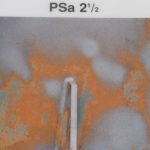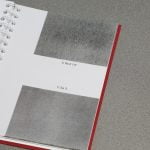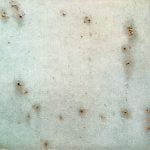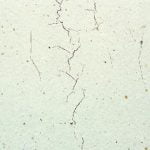Prevent holiday detection errors
Holiday testing is used to detect flaws in protective coatings on conductive substrates and the most effective methods to do this revolve around low voltage wet sponge type and high voltage spark testing – procedures covered by the international NACE SPO188 standard.
It is important that the correct test method is selected together with the appropriate test voltage when undertaking holiday testing. A rule of thumb is acknowledged as four volts per micron of material being tested – for example, a coating or lining applied to a dry film thickness of 1mm (1000 microns) would be tested at 4kv (1000 microns x 4 volts). The speed of the test is also critical and should be carried out at a rate of approximately 0.3m/second.
NACE SPO188 covers the application of new coatings on conductive substrates and is not intended to offer data on service life, adhesion or film thickness of an applied coating system. Rather it emphasises that the use of a high-voltage spark tester on previously exposed coatings could generate a spark that damages an otherwise sound coating, while a low voltage wet sponge tester may be used without causing damage but some of the readings could be erroneous.
As well as offering a definition of key terms, the standard defines a low voltage wet sponge tester should be an electronic device powered by a self-contained battery with voltages ranging from 5 to 90 V DC and should be used to locate discontinuities in a nonconductive coating applied to a conductive substrate. It also details procedures for using the tester, including ensuring the coating being checked is fully dry, the sponge lead is attached to an output terminal and that tap water is used to saturate the sponge.
Attention must also be paid to sections verifying equipment sensitivity: the tester has to be tested for sensitivity prior to its initial use on a project and thereafter as the work unfolds. Procedures to verify the calibration of testers utilising an electromagnetic-sensitive relay or solid-state electronic relay, are detailed alongside those to verify the sensitivity of testers that have an electronic relaxation oscillator circuit.
High voltage spark testers are defined by the NACE SP0188 as suitable for determining the existence of discontinuities in coating films of all thicknesses. Moreover, it defines how the equipment can be used to determine discontinuities in coatings on concrete substrates, particularly where conductivity may vary depending on moisture content, type, density and location of rebars. Sections also detail procedures for using the tester – the coating must be dry or cured before a holiday test and contact must be made with the exploring electrode on the conductive substrate and moved over the surface at a rate of 0.3 m/s using a single pass, for instance.
Further sections cover testing of repaired areas, precautions that must be followed to prevent electric shock, safe entry/exit of enclosures and testing for flammable or explosive gases. It also advises that the coating manufacturer (if known) should be contacted to obtain information, which can affect the accuracy of the test including if the coating contains electrically conductive fillers or pigments that may affect the normal dielectric properties.
NACE RP0188 is one of several important standards and for further guidance on discontinuity (holiday) testing of new protective coating on conductive substrates, visit Fitz’s Atlas of Coating Surveys. More at https://fitzsatlas.com/






